Question 4
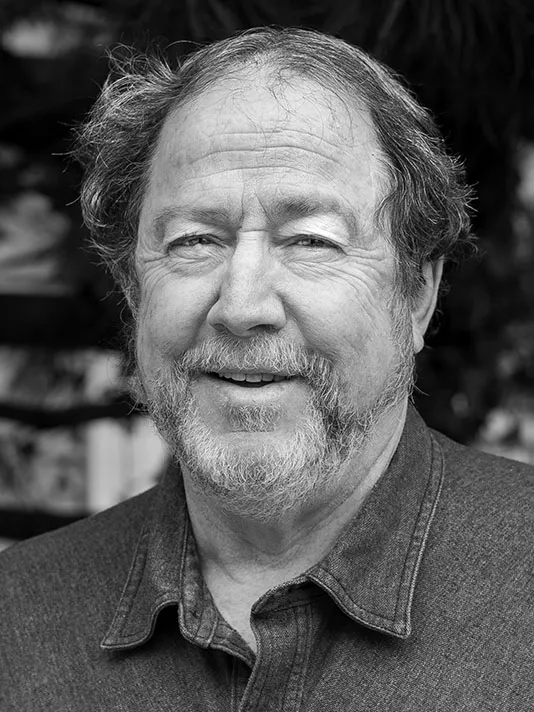
|
Clayton Daughenbaugh
As then Chair of the Wildlands and Wilderness Team I initiated the establishment of the Native American Land Rights Subteam. This group has coordinated, in partnership with indigenous allies, conversations whereby Sierra Club wilderness activists have learned from multiple perspectives. Most recently resulting in local collaborative projects. A second example would be my role as manager of the Groundswell Sierra campaign which defeated the attempted takeover of the Sierra Club Board led in part by anti-immigration organizations. A third is my organizing work in Chicago neighborhoods where racial and ethnic diversification was underway and we proceeded in a manner including all residing in the community. Lastly, I live this intersection, a white family in a majority minority community. My wife and I enrolled our two sons in a Spanish immersion school. They are bilingual where their parents are not. The Bears Ears Intertribal Coalition’s vision for what became that monument is a guiding light. The Coalition led with a desire for healing. Healing of the land. Healing of indigenous relations with ancestral places. Healing of relations between Native American’s and colonizers. Given my long association with efforts to protect Utah wilderness this experience was instructive. |

|
Princess Washington
Environmental justice is the essence of the Sierra Club and the main reason this organization was started and continues to thrive. Due to my belief in this, I have been able to help mold and strengthen a new coalition called Solano Together. Solano Together is comprised of the Sierra Club, Solano County Orderly Growth, the Audubon Society, Greenbelt Alliance, and our local farming community. The goal of this is to prevent the zoning conversion of open space and agricultural land into residential development. By combining our shared vision and resources, we are strengthening our collective vision of accessible open space and environmental protection in a tangible way. As chair of the Solano County Sierra Club, I was able to hold a press conference expressing our opposition to conversion of open space and announce this newly formed coalition on a national stage. As the leading environmental justice group with most recognizable name, Sierra Club was the only member of the coalition that was capable of doing so. |
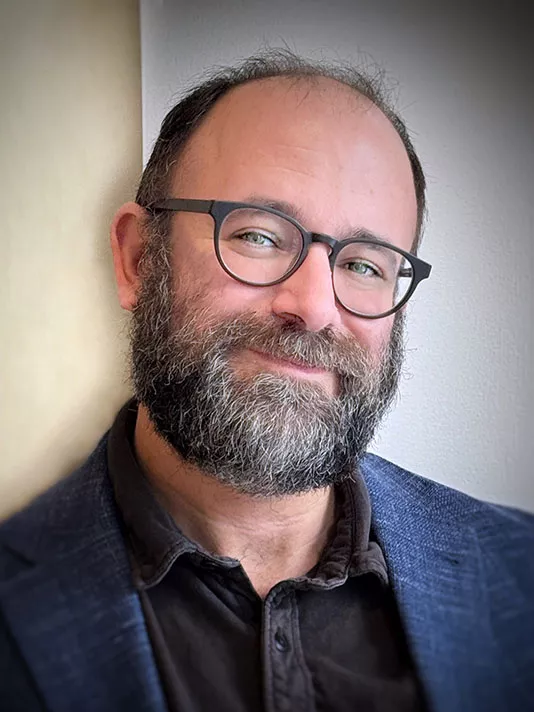
|
David Karpf
Throughout the ‘00s, the Club had to work on repairing breaches of trust between the traditional environmental movement and frontline communities. (We also had to fend off a hostile takeover attempt by anti-immigration activists – I originally joined the Board as part of the “Groundswell Sierra” slate that repelled the takeover attempt.) ne thing I am proud of from my previous term on the Board was that we continued to prioritize our Environmental Justice work, even when we were making significant cuts to many other programs. We tried our best to make it clear that we valued EJ work through our budget. For the past decade, I have primarily contributed to the movement through my research and my public writing. There too, I have tried to demonstrate my commitment not just to environmental issues as they have historically been narrowly defined, but to the broader cause of progressive power-building that is necessary for achieving the ideal of equitable, multiracial democracy. |
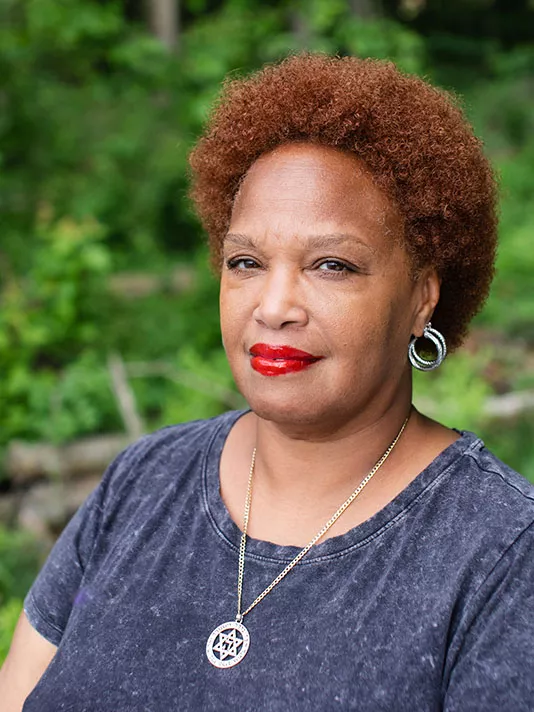
|
Erica Hall
My role in Florida has been to cultivate relationships with EJ/frontline communities. I do that by showing up as a supporter of BIPOC communities and assisting with their organizing campaigns and strategies. Sierra Club Florida has become a trusted partner and stakeholder in frontline communities throughout the State of Florida. One example is how the Sierra Club Florida and the local Suncoast Group were integral in passing the first Community Benefits Agreement in St. Petersburg, FL. The advocacy, outreach, marketing done by Sierra Club to our local members resulted in thousands of letters and support received by the City Council which helped passed the legislation unanimously. The Community Benefit Agreement program, created to ensure projects in St. Petersburg have a positive impact, has been untwined and reworked multiple times, and will continue to visit the drawing board until the language satisfies stakeholders. The CBA applies to projects with a minimum city participation value of at least $500,000. In exchange for the city’s contribution in a project, the developer must meet requirements that can mitigate certain impacts and create positive benefits for the surrounding neighborhoods. This has come in handy since the Tampa Bay Rays project is in development. The Tampa Bay Rays are planning to build a new $1.3 billion stadium on the site of Tropicana Field in St. Petersburg, Florida. The new stadium will be part of a $6.5 billion redevelopment of the 86-acre Historic Gas Plant District. The Rays will pay for half of the cost, with the city and Pinellas County contributing the other half. The first phase of development and the new stadium are expected to be ready by Opening Day 2028. The redevelopment will include:
|
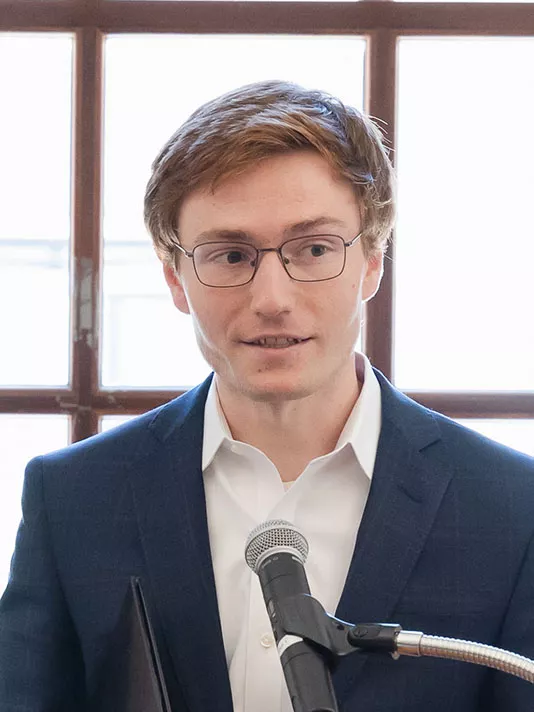
|
Karl Palmquist
In New York City, environmental justice concerns have been at the forefront of our local Group’s work. My devotion to environmental justice is evidenced both by my local Sierra Club Group’s prioritization of partnerships with environmental justice communities and organizations, but also by my endorsement from two local environmental justice leaders. Locally, I have shown my commitment to environmental justice in numerous ways. I hosted a symposium for community gardeners at a local university this past Spring. The purpose of the symposium was to bring gardeners and scientists together to discuss urban soil health. Community gardens are often resources for underserved communities, making this a key example of bringing together stakeholders from frontline communities, academia, and environmental organizations. I have also cultivated a relationship with the environmental justice organization, South Bronx Unite—a group that represents the South Bronx in NYC, a community with some of the highest childhood morbidity rates due to asthma in the country. In coordination with South Bronx Unite, I spoke at a community event last Summer and have also worked to prioritize outreach to Sierra Club members in that community. Recently, we have begun building a program that would involve tending the garden beds of street trees in the South Bronx. In coordination with South Bronx Unite, we will activate our membership and provide resources to this community, something that can be extended to EJ communities across NYC. |
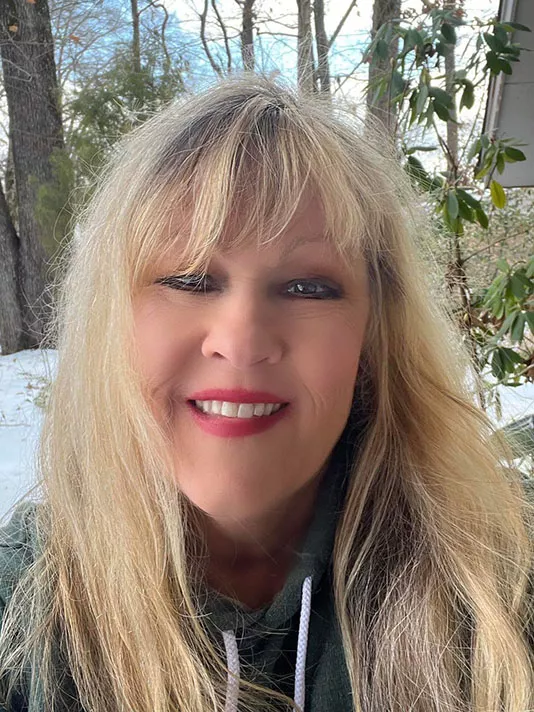
|
Nancy Muse
In 2014, The Shoals Environmental Alliance, of which I was a charter member and officer, formed a coalition, Stop North Alabama Tar Sand Mining, which resisted plans by a mining company that moved to a mostly indigent, rural neighboring county. The coalition included Sierra Club, Southern Environmental Law Center, Alabama Rivers Alliance, Tennessee Riverkeeper, Mobile Environmental Justice Action Coalition, UtahTar Sands Resistance—who travelled to North Alabama to offer support—and numerous individuals such as retired oil industry professionals and college professors. My role was to facilitate community meetings and reach out to the media. I organized several public-resistance rallies with musicians and speakers which received media attention including front page newspaper articles and live TV coverage. We distributed flyers advertising community meetings in four Northwest Alabama counties. There were standing-room-only crowds at schools and fire halls. County commission meetings were packed with angry citizens. The company had secretly conducted core drilling with over 2,000 drilled holes, which served as a conduit for pollutants to reach the aquifer. Many drinking-water wells in the affected counties became polluted as a result of the drilling. A few landowners had sold out to the company which, with the land use change, directly impacted residents and farmers. The threat of fracking was imminent where bitumen deposits were deeper. The company is still there but no bitumen mining yet. |
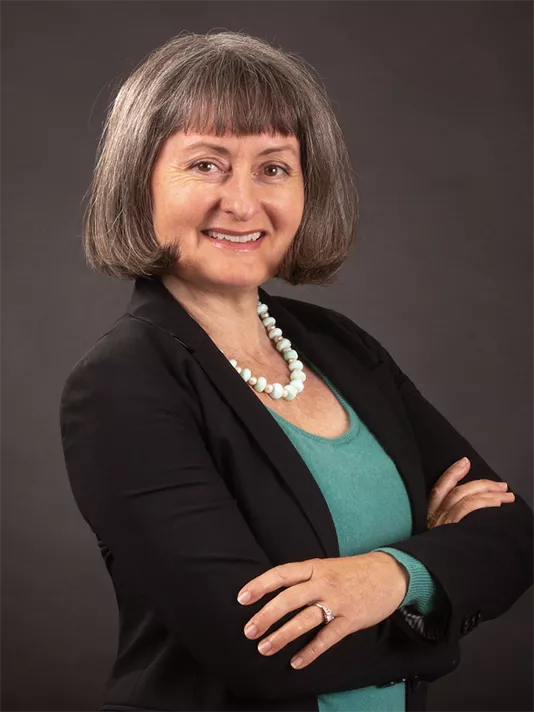
|
Meghan Sahli-Wells
My collaboration with frontline communities began when I was a Mayor and City Council Member in the fight to end oil drilling. Culver City, CA has 10% of largest urban oil field in the US, the Inglewood Oil Field. I built close relationships with community members living directly next to oil extraction. I also created alliances with communities and environmental justice organizations surrounding the oil field within the jurisdiction of Los Angeles County to pressure the oil operator and LA County to end drilling in the remaining 90% of the field. This collaboration included listening to and uplifting community voices, ensuring they were heard in committee meetings, workshops and hearings, and ensuring their concerns were reflected in the policies we created. After terming out of office, I did similar work as a consultant for LA County Supervisor Holly Mitchell in 2021. We ensured environmental justice organizations were consulted closely and represented in the County’s oil drilling policies. Today in my work as California Director of Elected Officials to Protect America, I am part of a coalition, the Last Chance Alliance, with several environmental justice organizations representing frontline communities in California. Our coalition focuses on ending fossil fuel extraction, prioritizing protections for frontline communities, and ensuring a just transition for workers in the oil drilling sector. |